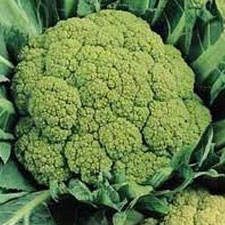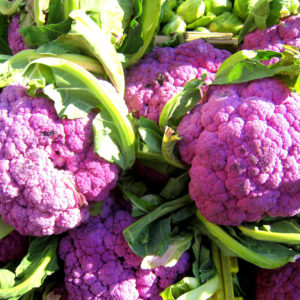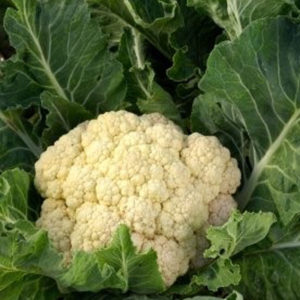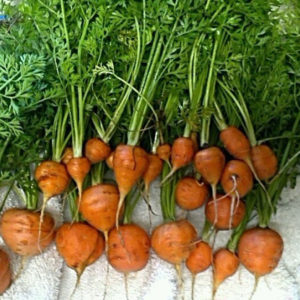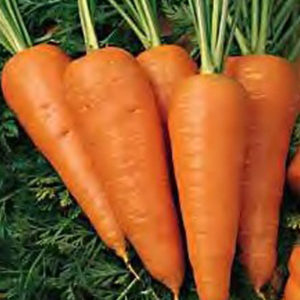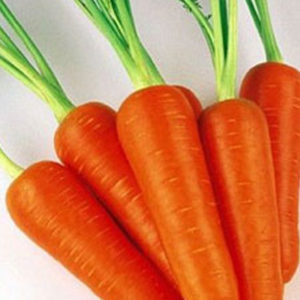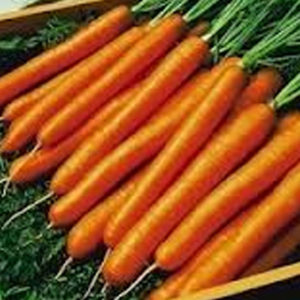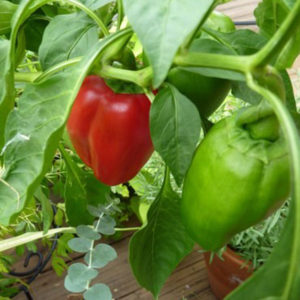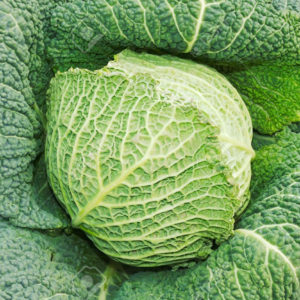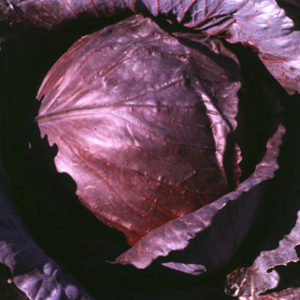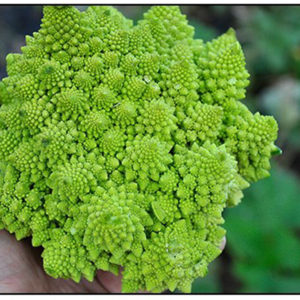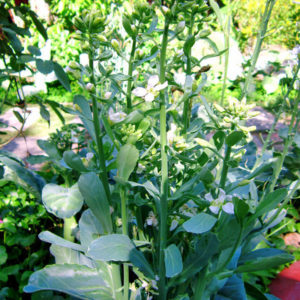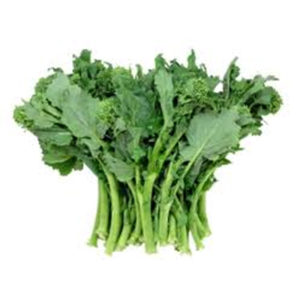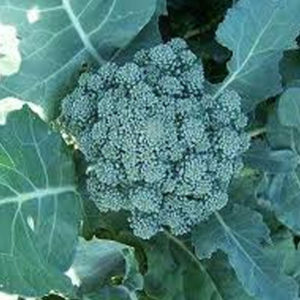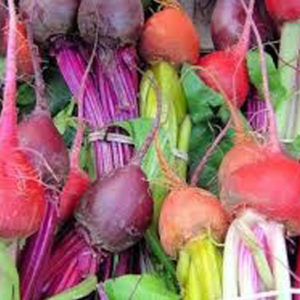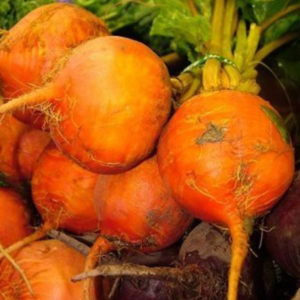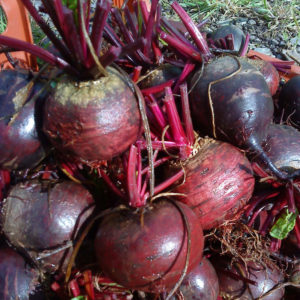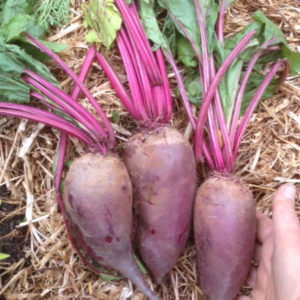-
Out of stock

Daucus carota Golden yellow colour with an even sweeter flavour than most orange carrots. Origins from the Middle East and first recorded around the 14th Century. Moist and crunchy best eaten raw or slightly steamed and will retain its colour.
-
Out of stock
 Daucus carota Lovely violet red skin with yellow orange interior. Very sweet with slight spicy edge. Origins from America’s organic movement. Very popular eaten raw or slightly steamed. Over cooking looses flavour, colour and goodness of most carrots.
Daucus carota Lovely violet red skin with yellow orange interior. Very sweet with slight spicy edge. Origins from America’s organic movement. Very popular eaten raw or slightly steamed. Over cooking looses flavour, colour and goodness of most carrots. -
Out of stock
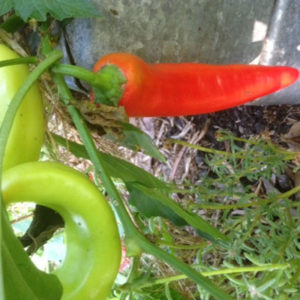 Capsicum annuum Long tapering fruit 20cm long goes from a pale translucent green to orange to red while still suspended from the vine. Gets sweeter the longer left. No hint of heat and lovely flavour.
Capsicum annuum Long tapering fruit 20cm long goes from a pale translucent green to orange to red while still suspended from the vine. Gets sweeter the longer left. No hint of heat and lovely flavour. -
Out of stock
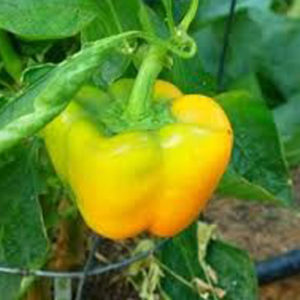 Capsicum annuum Yet another choice in the lovely bell peppers this one maturing green to gold and adds another lovely sweet fruit to the collection.
Capsicum annuum Yet another choice in the lovely bell peppers this one maturing green to gold and adds another lovely sweet fruit to the collection. -
Out of stock
 Capsicum annuum Sweet chocolate brown heirloom capsicum. Red flesh inside adds to the contrast. Matures green to brown.
Capsicum annuum Sweet chocolate brown heirloom capsicum. Red flesh inside adds to the contrast. Matures green to brown. -
Out of stock
 Capsicum annuum A combination of the colours and flavours available of the bell types, green, chocolate, gold and red.
Capsicum annuum A combination of the colours and flavours available of the bell types, green, chocolate, gold and red. -
Out of stock

Beta vulgaris Sweet deep red beet with fine edible leaves. Excellent for spring and autumn.
-
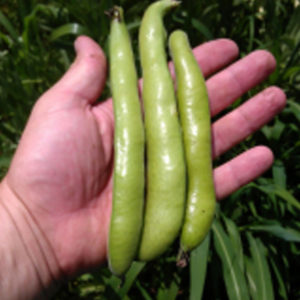 Vicia faba Long plants up to 120cm Aquadulce are the most common and most reliable to grow for those who are wanting a good tasty feed of broad beans. Pods are around 15cm with around 5 seeds per pod. Flowers are white with purple touches. Broad beans can be planted Autumn and Winter for a Spring crop although the flowers can be affected by frosts.
Vicia faba Long plants up to 120cm Aquadulce are the most common and most reliable to grow for those who are wanting a good tasty feed of broad beans. Pods are around 15cm with around 5 seeds per pod. Flowers are white with purple touches. Broad beans can be planted Autumn and Winter for a Spring crop although the flowers can be affected by frosts.

